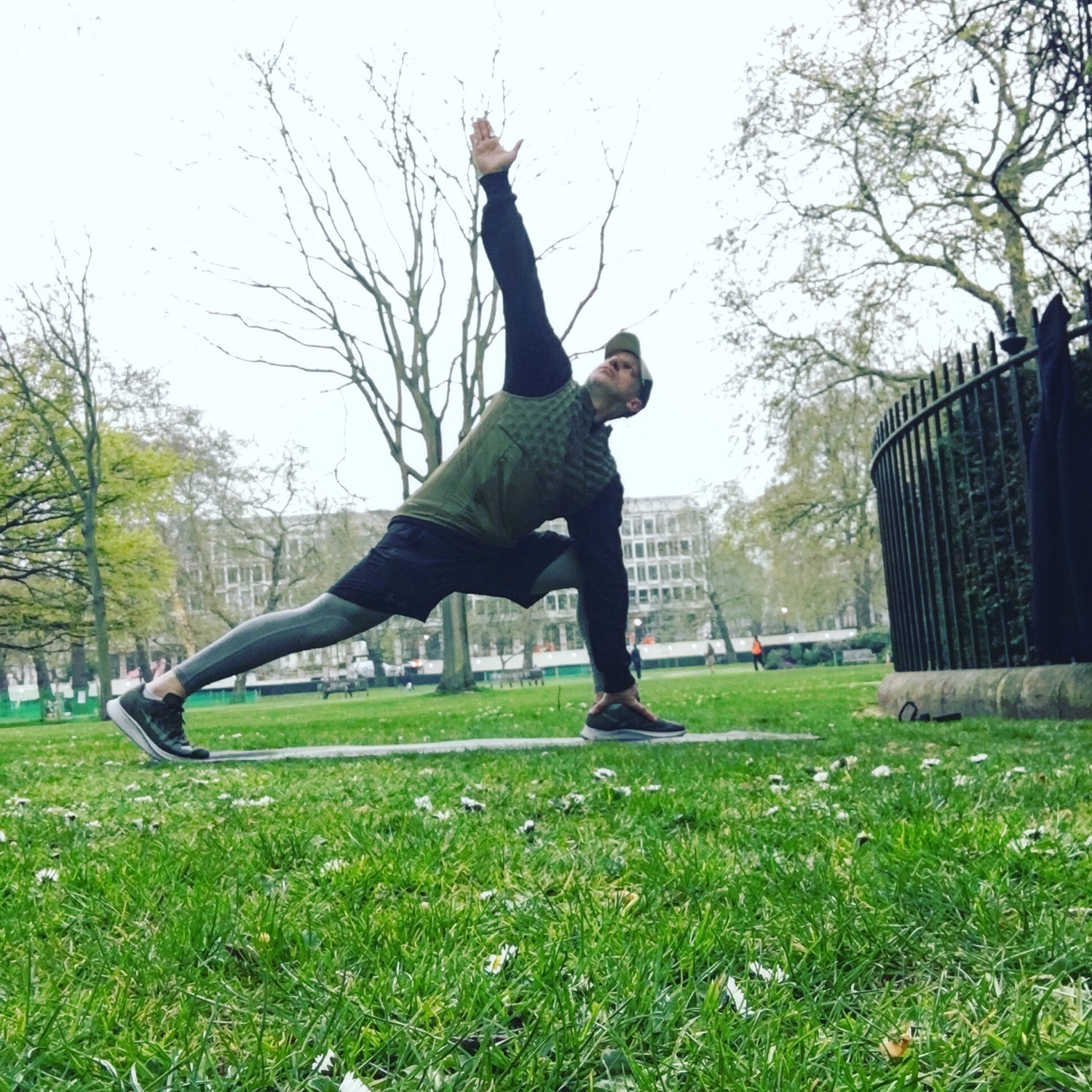10 Surprising Reasons Cold Plunging Might Not Be the Miracle You've Been Led to Believe
- dan chapman
- Jun 7
- 3 min read
Updated: Jun 8
Cold plunging, or ice bathing, has surged in popularity as the go-to wellness trend, championed by figures like Wim Hof. Proponents tout benefits that include faster recovery times and improved mental clarity. However, the reality might not be as glowing as it seems. Let's uncover ten reasons why cold plunging might not deliver the miracles you expect.

1. Limited Scientific Evidence
While there are some studies that suggest benefits of cold exposure, the scientific support is inconsistent and often preliminary. For instance, a study published in the Journal of Athletic Training found that only 10% of participants experienced significant soreness reduction. Most of the claims made about cold plunging are primarily based on personal stories rather than thorough research.
Because responses vary widely, what works for one person may not work for another.
2. Risk of Hypothermia
Hypothermia is a serious risk associated with cold plunging. Prolonged exposure to freezing water can drastically lower your body temperature, leading to health complications. Just in the U.S., around 1,300 people die from hypothermia each year, according to the CDC. It is vital to monitor your time in the water. If you start shivering or feel numb, it is time to get out.
3. Temporary Effects
The benefits of cold plunging, like reduced muscle soreness or a burst of energy, tend to be fleeting. One study revealed that while ice baths can reduce muscle soreness by about 18% post-exercise, this effect generally lasts only a few hours. If you’re looking for lasting changes, relying solely on ice baths can lead to frustration, with many turning to other recovery methods soon after.
4. Not Suitable for Everyone
Cold plunging is not appropriate for everyone. Those with conditions such as heart disease or respiratory issues may experience adverse effects. For example, the American Heart Association warns that sudden exposure to cold can trigger heart rhythm disturbances. Always consult a healthcare professional if you have existing health concerns.
5. Psychological Barriers
The idea of submerging in ice-cold water can be intimidating. This mental block can overshadow potential benefits. Many people report heightened stress and anxiety before entering the cold. Instead of achieving relaxation, they might experience dread. This internal conflict could negate any positive effects of cold exposure, making it more of a chore than a beneficial practice.
6. Potential Muscle Stiffness
Some studies suggest that while cold exposure may aid in recovery, it might also cause muscle stiffness. Cold temperatures can harden muscles and reduce blood flow. A survey conducted with athletes indicated that 35% felt that ice baths contributed to tightness in their muscles, impacting their mobility during workouts.
7. Time-Consuming Routine
Incorporating cold plunging into your routine can take time and effort. The process of setting up an ice bath, waiting for the water to reach optimal temperatures, or even finding a suitable body of cold water can feel cumbersome. If you lead a busy life, consider more accessible recovery alternatives that fit seamlessly into your schedule.
8. Cost Considerations
Setting up a cold plunge can cost quite a bit. Specialized tubs can range from $1,000 to $5,000, and even DIY setups can involve purchasing lots of ice. For many, these financial commitments can be a deterrent, especially in a wellness approach that should be open to everyone.
9. Not a Substitute for Proper Recovery
Cold plunging should complement, not replace, fundamental recovery practices such as hydration, nutrition, and rest. Studies show that inadequate hydration can decrease performance by up to 30%. Neglecting these essentials while relying solely on ice baths can diminish your recovery and increase injury risk.
10. The Hype Over Health
The explosion of interest in cold plunging has led to exaggerated claims about its health benefits. Sensational stories can mislead people into thinking that cold baths are the ultimate solution for their wellness issues. Staying informed about its limitations allows for more realistic expectations and encourages balanced lifestyle choices.

Final Thoughts
Cold plunging may be beneficial for some people, but it is vital to set realistic expectations. The mix of limited scientific backing, potential health risks, personal safety, and the psychological impact suggests a cautious approach.
Before you dive into this trend, reflect on these ten insights. Assess how cold plunging aligns with your personal health goals. Remember, a balanced approach is key to finding what truly enhances your well-being.

Book a free consultation to discuss everything but ice-baths
Getting you into the best shape of your life 50+
Email: danchapmantrainer@gmail.com







Comments